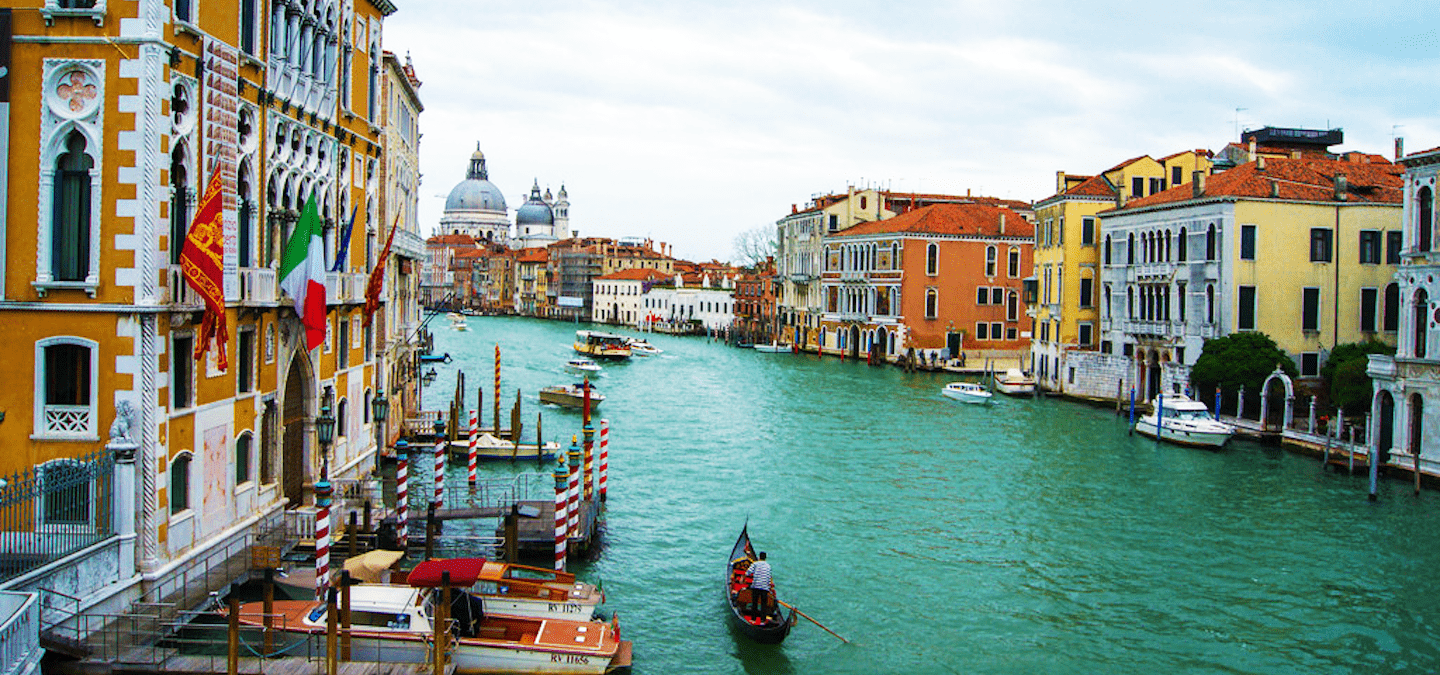
The Cruise Ship Industry in Cozumel
The Cruise Ship Industry has a long and fascinating history,
with its roots dating back to the mid-1300s in the Mediterranean. During this
time, cruise ships catered to European pilgrims on their way to the Holy Land.
These ships were well-organized and profitable, offering a means of
transportation, accommodation, meals, and guided tours for the pilgrims.
In the 14th century, travellers seeking to visit the sacred
cities and villages of the Bible would gather their funds and make their way to
Venice, where the cruise ships were waiting to commence their voyages. Once in
Venice, these travellers would be approached by touts, each extolling the
virtues of the inn they represented. Upon selecting their accommodations, the travellers
would then face the ships' representatives, who would highlight the luxuries of
their galleys while disparaging the competition.
The standardized contract offered by the ships'
representatives was approved by the Venice government and included the
provision of sea transport to the Holy Land and back, two meals a day, inns in
the Holy Land, ground transport, admission fees to the sites, and tour guides
(excluding tips). The accommodation options ranged from first-class cabins to
basic spaces on the floor deck below the rowing deck of the galley. The latter
option, equivalent to "Tourist Class," was a limited space outlined
in chalk, offering little comfort during the voyage.
It is remarkable to discover that cruise ships have been in
operation for centuries, providing pilgrims and tourists from Europe with the
opportunity to embark on voyages to the Holy Land. These early sea journeys
laid the foundation for the cruise ship industry we know today, showcasing the
enduring allure of travel and exploration that spans centuries.
Passengers booking this class of service on the galley were
prohibited from accessing the top deck while the galley was at sea. However,
bribes were accepted to bypass this prohibition. The conditions below decks
were unbearable due to heat, stench, and infestation of rats, lice, fleas, and
disease-carrying vectors. Many pilgrims lost their lives during the journey.
The contractual agreement stated that those who died at sea would be thrown
overboard, and their possessions would be kept by the captain until the galley
returned to Venice, where they would be given to the next-of-kin. The contract
also required each galley to have at least 20 cross-bowmen on board to defend
against pirates.
There were various travel guides available for those
traveling to the Holy Land, offering advice such as buying a feather bed,
mattress, pillows, sheets, and quilt and reselling them at a lower price in
Venice. The guides also recommended bringing your own snacks, as meals were
provided but often insufficient. Once all the berths on the galleys were sold
out, the ships would slowly make their way to Jaffa, the designated
port-of-call in the Holy Land. However, pilgrims were confined to the abandoned
port city of Jaffa, controlled, and herded by the Saracens. Their entire
schedule, including accommodations, guided tours, and excursions, was
meticulously arranged as they had only three weeks to explore hundreds of
sites. This fast-paced journey was known as the Jerusalem Journey during the
14th and 15th centuries.
Upon disembarking, the ship's crew, including the indentured
rowers, would line up on the quay, expecting tips in their drinking mugs.
Disembarking passengers were reminded by the crew about
their future role and hints of anticipated tips. After registering their names
with the Emir's clerks, passengers were given tickets to safeguard. Local
authorities periodically checked these tickets against the master list. Vendors
bombarded the bewildered tourists, creating chaos until the last penny was
spent. Once settled in their quarters, travellers were warned not to leave
alone to avoid being extorted by the Saracens. To secure the best mule,
guidebooks advised early morning departures.
Once mounted and all the baggage loaded, the entire shipload
of passengers headed in single file towards the next destination; Ramleh. Here,
the ships’ captains, who acted as the “G.O.” or gentile organiser, of the trip,
lined the passengers up and laid down the rules for the rest of the shore
excursion of the trip:
1. Hands off the Saracens’ womenfolk.
2. Never go out without an official guide.
3. Don’t drink alcohol in the presence of a Saracen; however,
if you must, ask that “yore comrade stand afore hem and cover hem withe his
cloke.”
4. Avoid scratching or painting names or coats-of-arms on
monuments, as well as from chipping off pieces of holy places or making any
marks on them.
5. Finally, do not forget to tip your guide each day.
An English woman, by the name of Marjorie Kemp, who made the
trip from Venice to the Holy Land in 1413, described the whirlwind tour in her
biography, Memoirs of a Medieval Woman. Marjorie’s account is a blur of
countless stops, all designed by the Saracens to extract the maximum amount of
money from each traveller. To touch the actual crib that baby Jesus slept in
cost an extra two pennies. A hair from the mummified head of John the Baptist
was an extra three. To stay inside the Church of the Holy Sepulchre overnight,
priceless.




